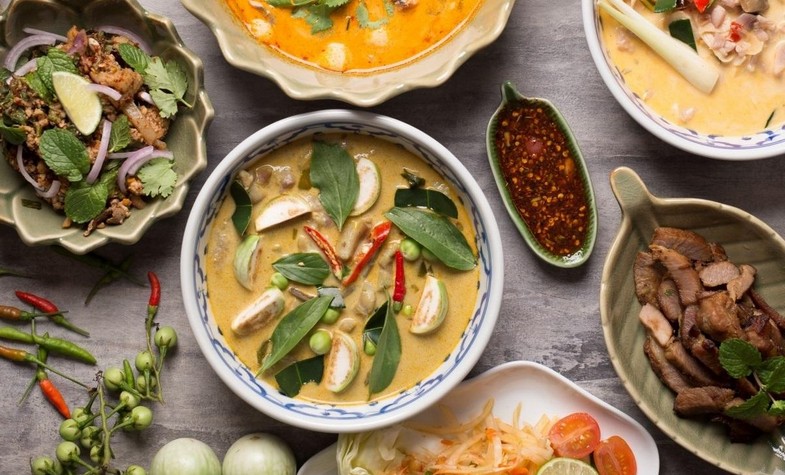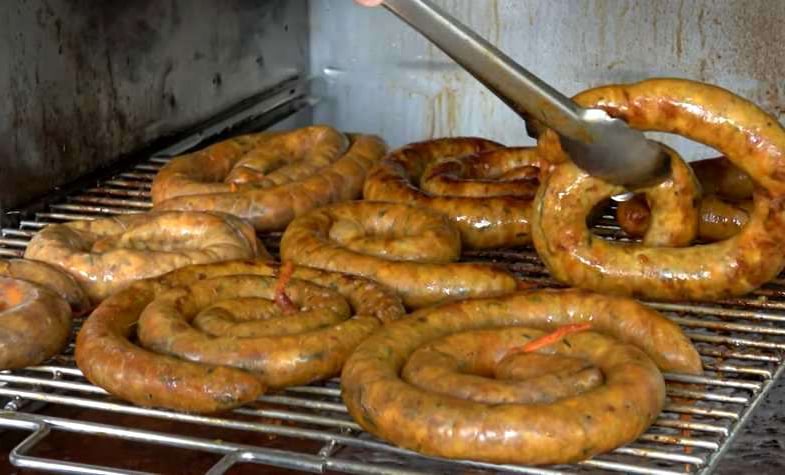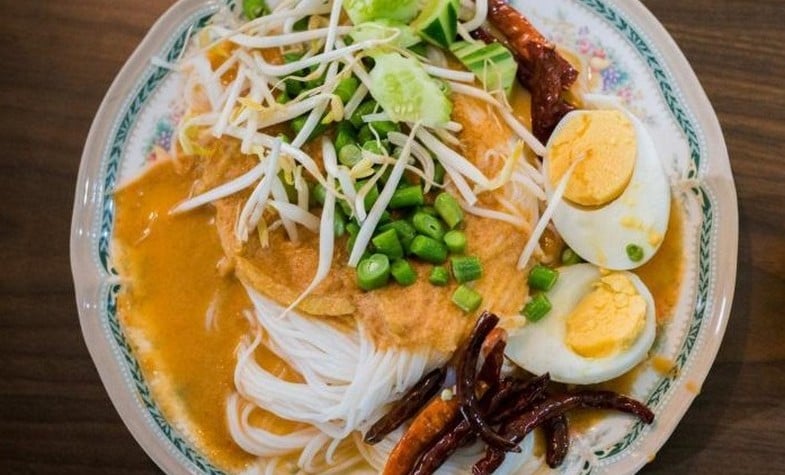Food Adventure In Thailand
If you are food lover, Thailand is an interesting destination and a paradise for you. In some countries, most Thai restaurants might serve Bangkok-style cuisine, but if you have a chance to visit Thailand, a great culinary adventure is still lying ahead.
Because of the diversity of geography and history, Thai dishes in each region are always changing and adapting. It can be divided into 4 main culinary regions in Thailand, including: Central region (including Bangkok capital city), the north (including the city of Chiang Mai), the northeast and the south (including the Gulf of Thailand). Each region has its own culinary base on local ingredients and passed down generation by generation. Now let’s explore Thai food, region by region.
Central Thai Cuisine
Central region Banis - home of Bangkok capital city which is certainly the largest and most well-known city in the central region of Thailand. Located in the middle of Thailand geographically, climatically and culinary, Central cuisine is the most unique as it gathers the specialties from both the North and the South. The flavors here are often a bit milder than other regions. The locals integrated the various ingredients and cooking styles so as to create their own dishes.
This region is also famous for floating markets on the west of Bangkok and fertile plains, known as one of the great rice bowls of Asia. The typical cuisine in this region is rice noodles, people usually have it for lunch or as a snack while the most famous of which is pad Thai. This dish is cooked from rice noodles, tofu, dried shrimp, and bean sprouts in a sweet and spicy sauce.
Some typical foods of the Central Thailand are: Salads (yam) mixed with fresh kaffir lime leaves, lemongrass and herbs; som tom, Issan green papaya salad som tom is sweeter, more sour, and includes the addition of ground peanuts influenced by the King's palace kitchens; the widest variety of curries; Hoy Tawt, battered and fried mussels in a flour batter; Som tom in the central; Khao Chae, an exotic cooling summertime rice dish also originating from the Royal kitchens, … Especially, while walking around Bangkok, everywhere you look you will be tempted by something delicious. Street foods with specialties in Bangkok are very worth for you to try.

Central Thai food
Northern Thai Cuisine
In the North of Thailand, around Chiang Mai, this region is mainly the mountainous area of the country, where the winter months are much cooler than other regions in Thailand. Weather condition brings this region a diversity of mushrooms, vegetables and fruits together build up the taste of this regional cuisine of Thailand. In the past, the north is home to the Lanna Thais. It is also the home to some hill tribes such as the Hmong, Yao, Lisu, and Tai Yai. So the culinary in the Northern Thailand is very unique and various.
The traditional food here is mild or hot, salty and sour, but rarely sweet. The typical dishes are Khao niaow (sticky rice), som tum (papaya salad), khao soi whichhas both egg noodles and deep-fried crispy egg noodles, larb (Thai beef salad), naem (fermented pork sausages), gaang hang lair (northern Thai curry), and sai oua (northern Thai sausage), …

Sai Oua - a Northern Thai specialty
Maybe you like our tours: | Fascinating Vietnam Thailand tour | Best of Vietnam Cambodia tour | Magnificent Vietnam Laos Thailand tour
Northeast Thai Cuisine
The northeastern region, also called Isaan, is the least well-known region in Thailand. It is often hard to make the trip to this area due to its location. So the culinary here is incredibly unique with dishes that are oftentimes not found elsewhere.
Isaan food is famous for being very spicy and hot, seasoned with fresh herbs and fermented fish. There are some of Thailand's spiciest salads made in this land. However, the most uncommon thing in the Northeast may be that the people here are incredibly resourceful, and eat things that are readily available and easy to catch such as water buffalo and a variety of jungle creatures like frogs, rice-field beetles, geckos, lizards, sour red ant eggs …

Isaan cuisine is typically hot and spicy
Southern Thai Cuisine
The South of Thailand is famous for beaches and islands, the food here is overlooked when compared to Bangkok or other regions. However, if you are food lover, this region is certainly noteworthy due to its originality.
One-third of the population of the southern provinces is Muslim, and their culture and food is very different from Thai Buddhist or other regions. You can try one of Thai dishes made by the Muslims. Maybe it’s very strange and unique.
Southern Thai food is famous in Thailand for not only being the spiciest, hottest but also the richest flavor of the four regional cuisines. Because the South has long coastlines, fish sauce and fresh seafood are specialties in this region. You will easily find seafood at any restaurants, special. Curries are extremely popular in Thailand, but the most delicious and flavorful ones will be found in the south. Coconut is added in many dishes in the south as it is readily available in nature. Coconut milk is used to create a number of this region’s signature dishes.

Southern Thai cuisine is famous for its rich flavor
Thailand's rich culinary heritage has earned it a place among the top 10 countries with the best food in the world. To truly savor the best of Thai cuisine, it's worth exploring the distinctive regional dishes during your trip.
***
Travel Authentic Asia Company is your best choice for discovering the beauty of Southeast Asia. Our experienced and knowledgeable travel advisors are committed to helping you create a tailor-made tour and extraordinary experiences in this majestic region.
If you're looking for an authentic cultural experience, do not hesitate to contact Travel Authentic Asia to choose a Thailand tour, Southeast Asia tour package or to customize your own style tour to South East Asia.

